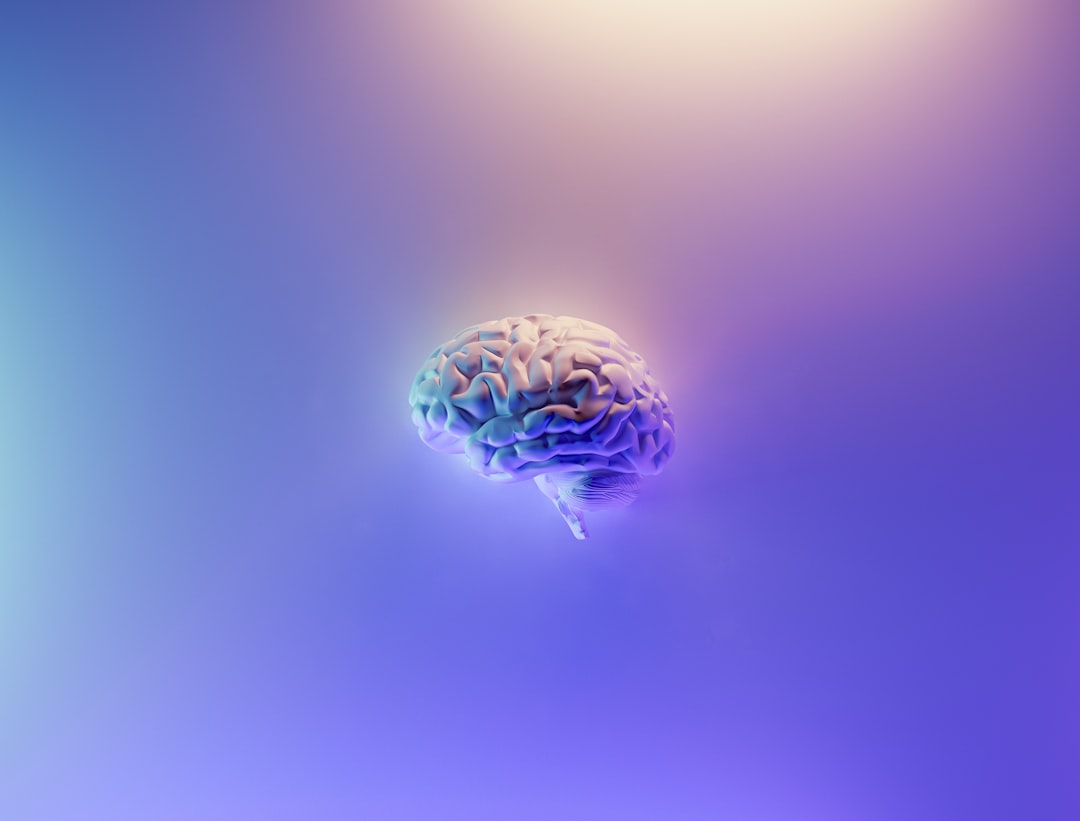
Artificial Intelligence (AI) is a popular and advanced technology in the world today. But do you know how this technology came into existence? Let's take a look.

In ancient times, there were fictional stories about creatures that could think and speak, like Frankenstein or the robots in R.U.R. These characters raised many moral questions about artificial intelligence. The idea of mechanical or "formal" thinking started with philosophers and mathematicians long ago.
The concept of computation, which suggests that a machine can simulate any kind of numerical calculation by manipulating simple symbols like "0" and "1," became prominent through the work of Alan Turing. This idea, known as the Church-Turing thesis, states that computers can mimic any process of logical thinking.
Advancements in neurobiology, information theory, and AI research led scientists to contemplate the possibility of building an electronic brain. Turing shifted the focus from whether a machine is intelligent to "whether or not it is possible for a machine to exhibit intelligent behavior." The first recognized work in AI was the 1943 formal design of "artificial neurons" by McCullouch and Pitts.

Prominent figures like Allen Newell, Herbert Simon, John McCarthy, Marvin Minsky, and Arthur Samuel became the pioneers of AI research. By the 1960s, the US government heavily funded AI research through the Department of Defense, and research laboratories were established worldwide. Marvin Minsky even predicted that within a generation, the problem of creating artificial intelligence would be largely solved.
In the early 1980s, AI research experienced a revival due to the success of expert systems, which were programs that simulated the knowledge and analytical skills of human experts. Additionally, Japan's fifth-generation computer project inspired governments in the US and Britain to increase funding for academic research. In the late 1990s and early 21st century, AI started being used in logistics, data mining, medical diagnosis, and other fields.
Significant milestones were achieved in AI's progress. For example, Deep Blue, a computer chess-playing system, defeated the world chess champion, Garry Kasparov, in 1997. IBM's question-answering system, Watson, outperformed the best human players in a Jeopardy! quiz show match in 2011. The Kinect, a motion interface for gaming consoles, and intelligent personal assistants on smartphones also benefited from AI research.
In 2016, AlphaGo, an AI program, won four out of five games of Go against a professional player, marking a significant achievement in AI development. In 2017, AlphaGo also defeated the world's top-ranked Go player. These milestones demonstrate the progress made in AI.

According to Bloomberg's Jack Clark, 2015 was a crucial year for AI, as the number of AI projects within Google increased significantly. Advancements in neural networks, cloud computing infrastructure, research tools, and datasets have contributed to the improvement of AI systems. Examples include Microsoft's translation system for Skype and Facebook's system that describes images to blind individuals.